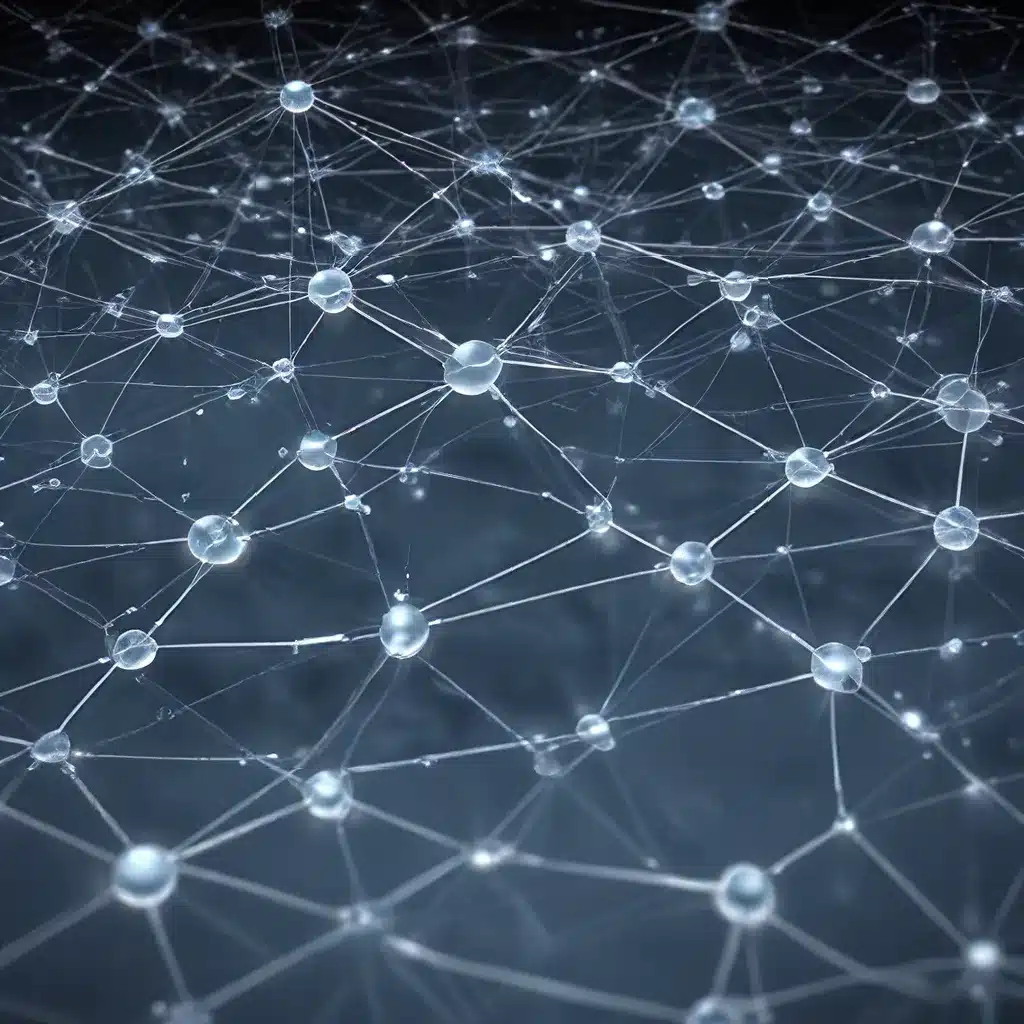
Transforming the Edge with Distributed AI
The proliferation of internet-connected devices and sensors in the Internet of Things (IoT) era has created an explosion of data. However, transmitting all this raw data to distant cloud data centers for processing introduces latency, bandwidth bottlenecks, and reliance on connectivity. For time-critical applications like autonomous cars or remote sensor grids, cloud-centric architectures are insufficient.
Edge computing enables immediate analytics processing, providing ultra-low latency, reduced bandwidth needs, and continued operation even if connectivity to the central cloud is lost. Rather than relying on a remote cloud, the intelligence and responsibility are distributed across the entire network.
Edge computing complements cloud computing with dispersed, localized computing power for when milliseconds matter, bandwidth is scarce, or systems must function independently. This shift from centralized client-server architectures to intelligent distributed networks enables faster, more coordinated, and more autonomous responses to dynamic situations without constant human intervention.
Empowering Sensors with Distributed Intelligence
Traditional Programmable Logic Controllers (PLCs) have provided basic computational abilities and automation to machines locally for decades. However, PLCs have limited capabilities, are hardcoded in proprietary languages, and have little ability to communicate or interoperate with other systems.
In contrast, edge computing leverages more versatile internet-connected devices that can run software for dynamic data analysis and machine learning, not just control logic. Critically, edge devices can talk with each other and exchange data using standard protocols like HTTPS, even across vendors. This enables coordinated analytics and automation between distributed assets.
For example, sensors along a pipeline can collectively detect and mitigate dangerous pressure levels by adjusting valves without relying on a central system. Edge networks are also resilient, as they can continue functioning locally even if disconnected from centralized infrastructure by pooling data across edge nodes.
Distributed Learning at the Edge
One common application of edge devices is the Nest Learning Thermostat, which not only connects to the user’s phone but also takes in weather data, temperature sensor data, and positioning data to learn the routine of the household. These edge ML devices can then feed a larger ecosystem to help predict major spikes in electrical demand and help automatically load balance to help prevent blackouts.
The metro system in Hong Kong utilizes thousands of sensors deployed throughout the system to predict breakdowns and traffic bottlenecks by using edge ML to monitor and predict maintenance needs. This allows them to proactively schedule and synchronize a weekly 2,600 maintenance work-orders and maintain an astonishing 99.9% on-time record.
Distributed intelligence also enables predictive maintenance for military vehicles, such as Abrams tanks and Apache gunships. Onboard sensors and edge ML models can detect signs of potential failures, allowing the vehicle to compensate locally and preemptively repair issues at forward operating bases rather than waiting for centralized software updates.
Coordinating Distributed Autonomous Systems
Decentralized Autonomous Organizations (DAOs) represent the cutting edge of networked edge ML, moving beyond basic swarm intelligence to enable deeper multi-system coordination. DAOs allow heterogeneous devices like sensors, vehicles, and satellites to establish shared situational awareness across domains, facilitating complex joint operations involving diverse assets.
In a hypothetical scenario for the current war in Ukraine, a DAO could connect seismic sensors trained on the unique vibration fingerprints of Russian tanks, automatically cross-cue this with overhead UAVs using computer vision for positive identification, and then synchronize with an artillery battery using its own edge ML to compute a firing solution. This sensor-to-shooter cycle would be rapidly accelerated compared to traditional top-down command and control.
Similarly, a naval DAO in the South China Sea could coordinate ships, manned aircraft, autonomous undersea vehicles (AUVs), and sensors to hunt enemy submarines. Passive sonobuoys and seafloor hydrophones using edge ML to classify and localize contacts would cue nearby surface vessels and underwater drones for a coordinated attack, with the DAO optimizing the actions of all assets.
Advancing National Security with Edge Computing
The space defense DAO concept could network diverse assets for real-time missile tracking and interception. Infrared early warning satellites detecting launches would instantly classify missiles and predict trajectories using edge ML, cueing electro-optical sensors and airborne platforms to maintain persistent surveillance. The DAO would then fuse sensor data from space, air, and ground to continuously update impact predictions and recommend optimal actions like launching interceptors or repositioning disposable satellites to block.
The relative novelty of edge computing has led to fragmentation in hardware and communication standards, hampering interoperability. However, as the ecosystem matures, consolidation around dominant standards like Wi-Fi and Bluetooth is likely. The lack of dominant orchestration tools also inhibits unlocking the full potential of edge computing, but solutions like KubeEdge and AWS IoT Greengrass are emerging to address this challenge.
Sensor networks and IoT are rapidly evolving, with distributed intelligence and edge computing playing a crucial role in unlocking new possibilities. From smart grids and predictive maintenance to coordinated autonomous systems and advanced national security applications, the future of sensor networks is one of increased intelligence, resilience, and autonomy at the edge.
Conclusion: Embracing the Edge for a Smarter Future
The proliferation of internet-connected devices and sensors has created an abundance of data, but traditional cloud-centric architectures are insufficient for many time-critical applications. Edge computing enables immediate analytics processing and distributed intelligence, empowering sensors and devices to collaborate, adapt, and respond to dynamic situations without constant human intervention.
Distributed learning at the edge is transforming industries, from smart grids and transportation to national security. Decentralized Autonomous Organizations (DAOs) represent the cutting edge of networked edge ML, allowing heterogeneous devices to establish shared situational awareness and coordinate complex joint operations.
As the sensor network and IoT ecosystem continues to evolve, consolidation around dominant standards and the emergence of mature orchestration tools will be crucial to unlocking the full potential of edge computing. By embracing the power of distributed intelligence at the edge, we can unlock new possibilities and create a smarter, more resilient, and more autonomous future.